The Webb Telescope surprised scientists by detecting a supernova. Such an event could open up a very different area of the spacecraft’s research capabilities, writes Space.
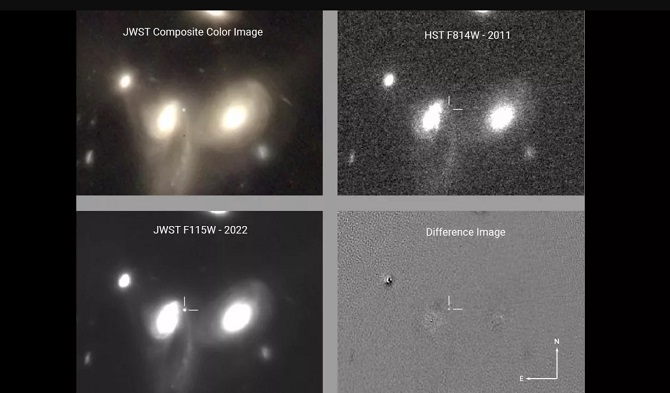
After the telescope began its scientific activity, its NIRCam camera recorded a bright object called SDSS.J141930.11+5251593. It is located at a distance of 3-4 billion light years from Earth. Within five days, this object dimmed, so scientists identified it as a supernova. The dying star, most likely, was fixed by the telescope by accident. The astronomers also compared the new images with archival photographs from the Hubble telescope to confirm that the flash was new.
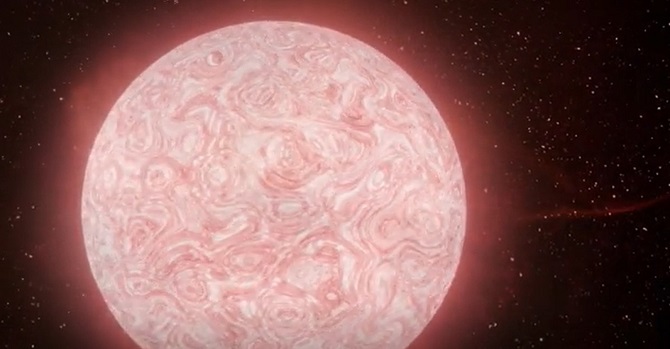
Surprisingly, the James Webb telescope was not designed to search for supernovae. Its task is to study small areas in the Universe, including the deep fields of planets. The first pictures taken from it prove that it is capable of capturing small areas with high accuracy. So, in the first photo, the telescope showed a section of the sky that is equal to a grain of sand.
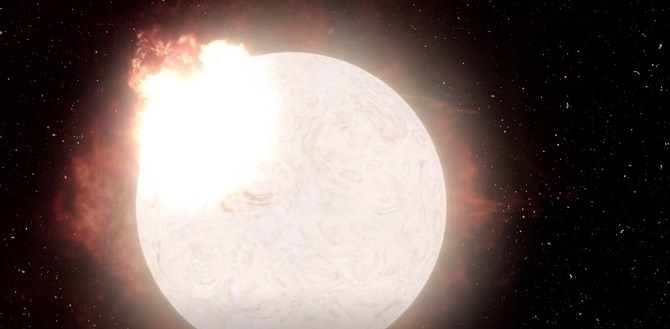
Searching for short-lived events, including the death of a star, was not the job of the Webb telescope. But, apparently, he can do it. And thanks to the fact that the device can see much further than any other space telescope, it makes it possible to study the death explosions of the first generations of massive stars in our universe. Astronomers believe that these stars had a simpler chemical composition than newer celestial bodies.
For example, Mike Engesser, an astrophysicist at the Space Telescope Institute and a member of the James Webb Project, said that stars formed in the first few million years were almost entirely made of helium and hydrogen. This distinguishes them from those stars that appeared later.
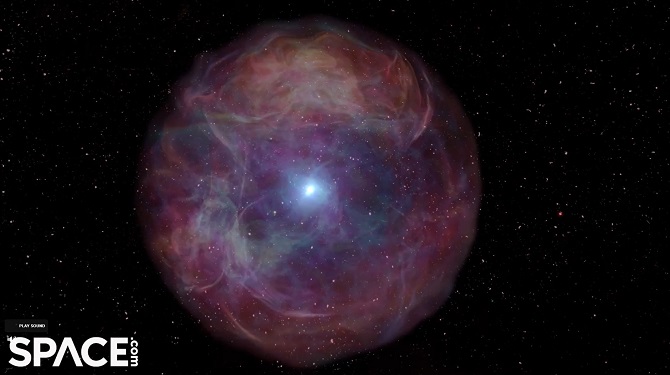
It is worth noting that a supernova is difficult to detect. After all, the explosion lasts only a fraction of a second. A bright ball of dust and gas disappears after a few days. Therefore, the telescope must be pointed correctly in order to capture such a phenomenon.




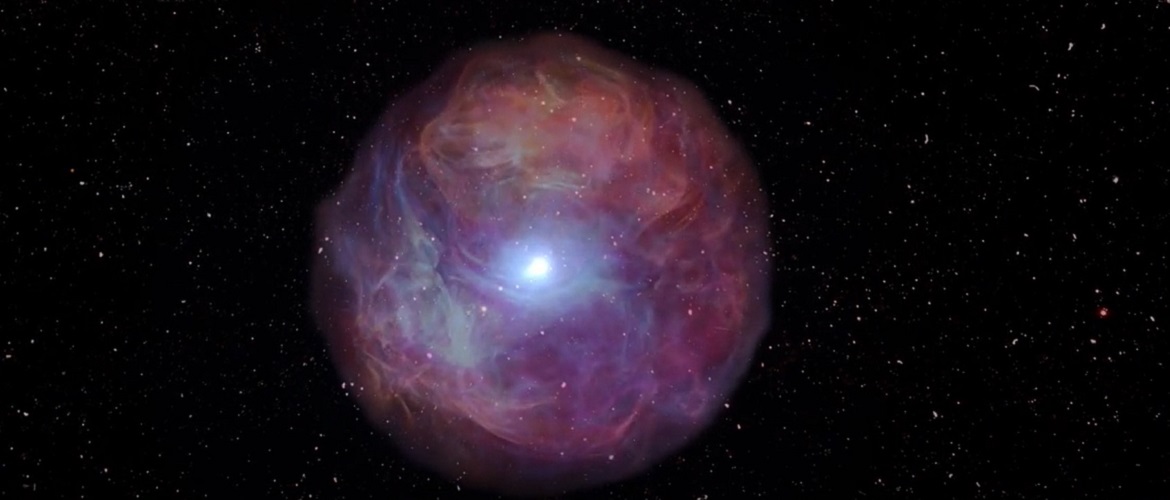
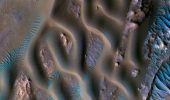
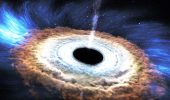
Only registered users can leave comments